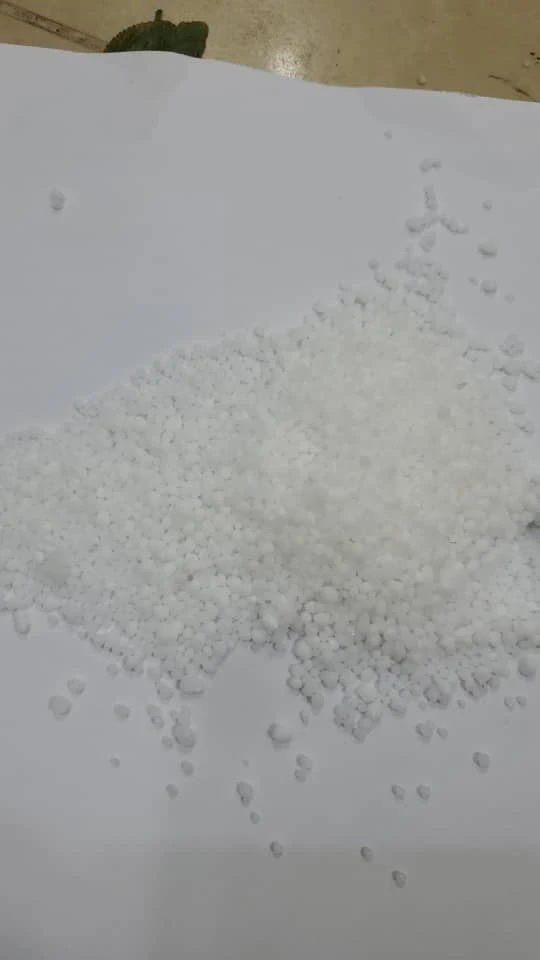



Understanding the pKa Value of Sodium Hydroxide and Its Implications
Understanding NaOH and Its pKa Value
Sodium hydroxide (NaOH), commonly known as lye or caustic soda, is a strong inorganic base widely used in various industrial and laboratory applications. Its properties and behaviors in chemical reactions are fundamental for students and professionals in chemistry, biology, and engineering. One critical concept related to NaOH is its pKa value, which can be somewhat confusing when misunderstood, given that pKa is primarily associated with weak acids and their dissociation constants.
What is pKa?
Before diving into the specifics of NaOH, it's important to understand what pKa signifies. The pKa is a logarithmic scale used to specify the acidity of a substance. Mathematically, it is defined as the negative base-10 logarithm of the acid dissociation constant (Ka). A lower pKa value indicates a stronger acid, or a greater tendency to donate protons (H+ ions) in solution. Conversely, a higher pKa indicates a weaker acid.
The Nature of NaOH
Sodium hydroxide is a strong base that fully dissociates in water
\[ \text{NaOH} \rightarrow \text{Na}^+ + \text{OH}^- \]
Because NaOH completely dissociates in aqueous solution, it does not have a pKa value in the traditional sense used for weak acids. Instead, it has a very high pKb value (the measure of basicity), since it is a potent source of hydroxide ions (OH-) that increase the pH of the solution.
Relationship Between pH and pKa
Even though NaOH does not possess a pKa, understanding the interaction between pH and the base can be instrumental. The pH of a solution reflects its concentration of hydrogen ions. In a basic solution, such as one containing NaOH, the pH can exceed 7, often reaching values above 14 in concentrated solutions.
naoh pka value

For strong bases like NaOH, we often consider the pOH, which is the negative logarithm of the hydroxide ion concentration
\[ \text{pOH} = -\log[\text{OH}^-] \]
The relationship between pH and pOH is governed by the equation
\[ \text{pH} + \text{pOH} = 14 \]
As NaOH increases the concentration of hydroxide ions, this will decrease the concentration of hydrogen ions, leading to higher pH levels.
Practical Applications
The understanding of NaOH and its behavior as a strong base has various implications in different fields. In the chemical industry, NaOH is used extensively for the production of paper, textiles, and detergents. It serves as a neutralizing agent to adjust pH levels. In laboratories, sodium hydroxide can be used in titrations to determine concentrations of acids by neutralization reactions.
Moreover, NaOH's safety profile must be taken seriously. Due to its corrosive nature, it can cause severe chemical burns upon contact with skin or eyes. Therefore, proper safety protocols, including the use of personal protective equipment (PPE) like gloves and goggles, are crucial when handling this substance.
Conclusion
While sodium hydroxide itself does not have a pKa value due to its strong basic nature, understanding its dissociation in solution gives valuable insight into its behavior as a base. The relationship between pH, pOH, and hydroxide concentration is essential for predicting how NaOH will interact with other substances. This strong base continues to play an instrumental role in a myriad of applications across industries, underscoring the importance of basic chemical principles in everyday practice. As we navigate the intricacies of chemistry, sodium hydroxide stands out as a prime example of how foundational concepts like dissociation, pH, and the nature of acids and bases come together in both theory and real-world applications.
-
High-Purity Strontium Chloride (SrCl2) for Lab & IndustryNewsAug.31,2025
-
Anhydrous Formic Acid 80% 85% 94% - High Purity SolutionsNewsAug.30,2025
-
Accurate Fire Assay Flux for Gold & Silver Ore AnalysisNewsAug.29,2025
-
Advanced Paint Chem Solutions: Quality Chemicals for CoatingsNewsAug.28,2025
-
Potassium Nitrate: The Ultimate Fertilizer for Agriculture and GardeningNewsAug.25,2025
-
Potasium Persulphate: A Versatile Chemical for Industrial ApplicationsNewsAug.25,2025
-
Industrial Applications of Sodium HydroxideNewsAug.25,2025










